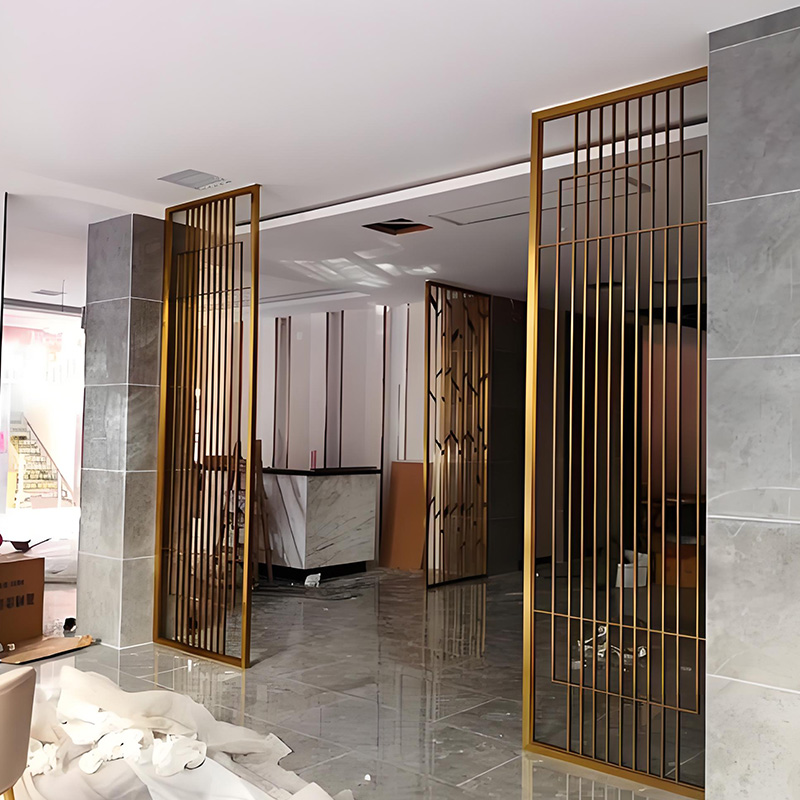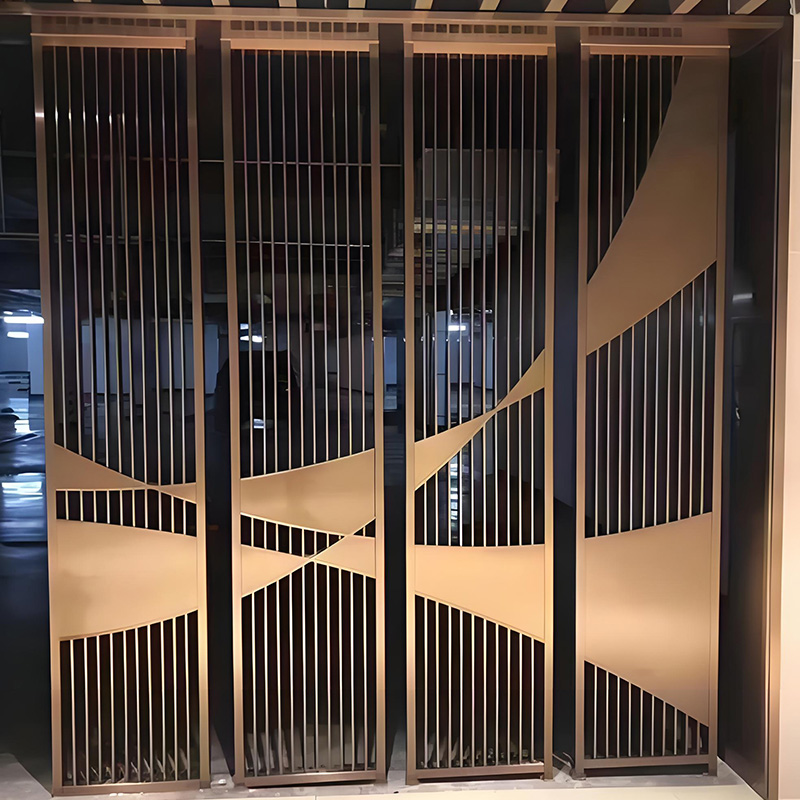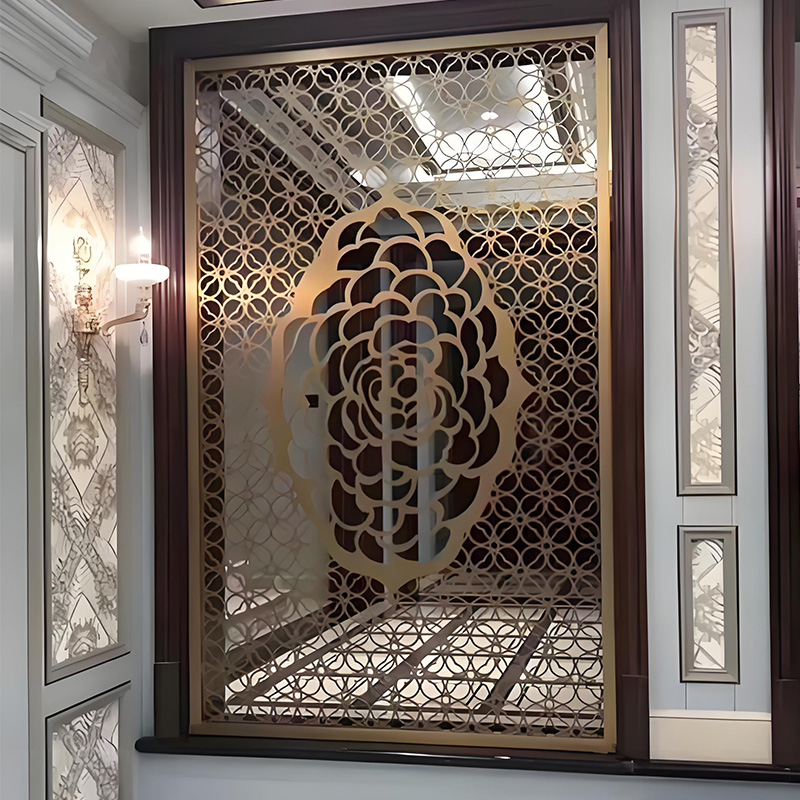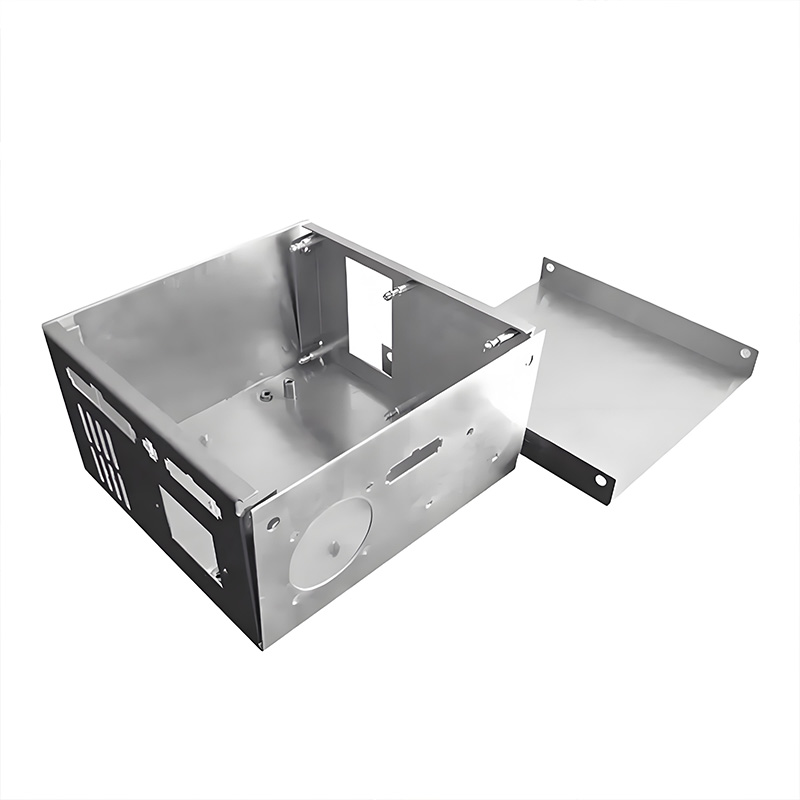Sheet Metal Enclosure: 4 Must-Know Cost-Cutting Fabrication Tips

The Cost Challenge in Sheet Metal Enclosure Production
Manufacturers face constant pressure to reduce expenses while maintaining quality. Sheet metal enclosures—used in electronics, automotive, and industrial equipment—often account for significant production budgets. Surprisingly, material waste can reach 20-30% without optimized designs, while inefficient processes drain profitability:cite[1]:cite[4]. The good news? Strategic changes in four key areas can slash costs by up to 35% without compromising integrity. Let’s explore actionable solutions.
4 Practical Strategies to Reduce Sheet Metal Enclosure Costs
1. Material Optimization: Thinner Gauges & Alternative Metals
Selecting the right material impacts cost more than you think. For non-structural components, consider switching from stainless steel to aluminum—it’s 50% lighter and often 20% cheaper. One project reduced enclosure weight by 15% using aluminum 5052, saving $3.50 per unit in shipping:cite[1]. Pro tip: Validate corrosion resistance requirements before switching. Carbon steel with powder coating offers another budget-friendly option for indoor applications.
Case Example: A medical device company used 1.2mm aluminum instead of 1.5mm stainless steel for internal brackets, cutting material costs by 40% while meeting load requirements:cite[4].
2. Design Simplification: Fewer Bends & Unified Hardware
Complex designs inflate costs exponentially. Reduce bend counts where possible—each additional bend adds 5-8% to fabrication time. Standardize hardware like M4 and M6 fasteners across all enclosures to avoid custom parts. Interestingly, consolidating screw types in a server rack project saved 22% in assembly labor and reduced SKUs:cite[6].
Use SOLIDWORKS to export flat patterns directly to DXF files for laser cutting, eliminating conversion errors. This technique cut prototyping time by 30% in our team’s 2025 IoT sensor enclosure project:cite[5].
3. Smart Process Selection: Matching Tech to Volume
Low-volume batches (under 500 units) benefit from laser cutting (±0.1mm precision), while high-volume production should use CNC punching (±0.15mm) for faster throughput. Sheet metal enclosure welding costs drop 40% with robotic systems for runs over 1,000 units:cite[6].
| Process | Cost Efficiency | Best For | Tolerance |
|---|---|---|---|
| Laser Cutting | Low-volume | Complex shapes | ±0.1mm |
| CNC Punching | High-volume | Standard geometries | ±0.15mm |
| Robotic Welding | >1,000 units | Long seams/repeats | ±0.3mm |
4. Standardized Dimensions: The 10% Rule
Adjusting enclosure size by as little as 10% can unlock material savings. Design to fit standard sheet sizes (e.g., 1,000×1,200mm or 1,200×2,400mm) to minimize waste. One telecom firm saved $18,000 annually by shrinking control boxes from 510mm to 498mm width, allowing an extra unit per sheet:cite[4]. Bonus: Use enclosure dimension filters like those on Digi-Key to find compatible off-the-shelf solutions before customizing:cite[8].
Step-by-Step: Implementing Cost Reductions
Step 1: Audit current designs—identify material thicknesses exceeding structural requirements.
Step 2: Run CAD simulations to test thinner gauges or alternative metals.
Step 3: Reduce bend complexity; aim for ≤ 5 bends per component where feasible.
Step 4: Select fabrication methods based on volume (see table above).
Step 5: Optimize dimensions for standard sheet utilization (≥85% material yield).
2. Ignoring bend radii rules: Causes cracks in aluminum (use ≥1x material thickness):cite[6].
3. Underestimating finishing: Powder coating adds $0.50-$2.00/sf but prevents corrosion repairs later.
Actionable Cost-Cutting Checklist
Reduce unique hardware types by ≥30%
Apply k-factor adjustments for precise bend allowances
Request DXF flat pattern review from fabricator like this one
Test assembly with 3D-printed prototypes pre-production
Sheet Metal Enclosure FAQs
A: SPCC cold-rolled steel with powder coating offers excellent protection at $2.50-$4.00/sf—40% cheaper than stainless:cite[4].
A: Use ribbing or hemmed edges for structural reinforcement. For 0.8mm aluminum, adding 5mm ribs increases rigidity by 200%:cite[6].
A: Yes! Platforms like Digi-Key offer filters by L×W×H dimensions—modifying stock enclosures costs 60% less than full custom builds:cite[8].









